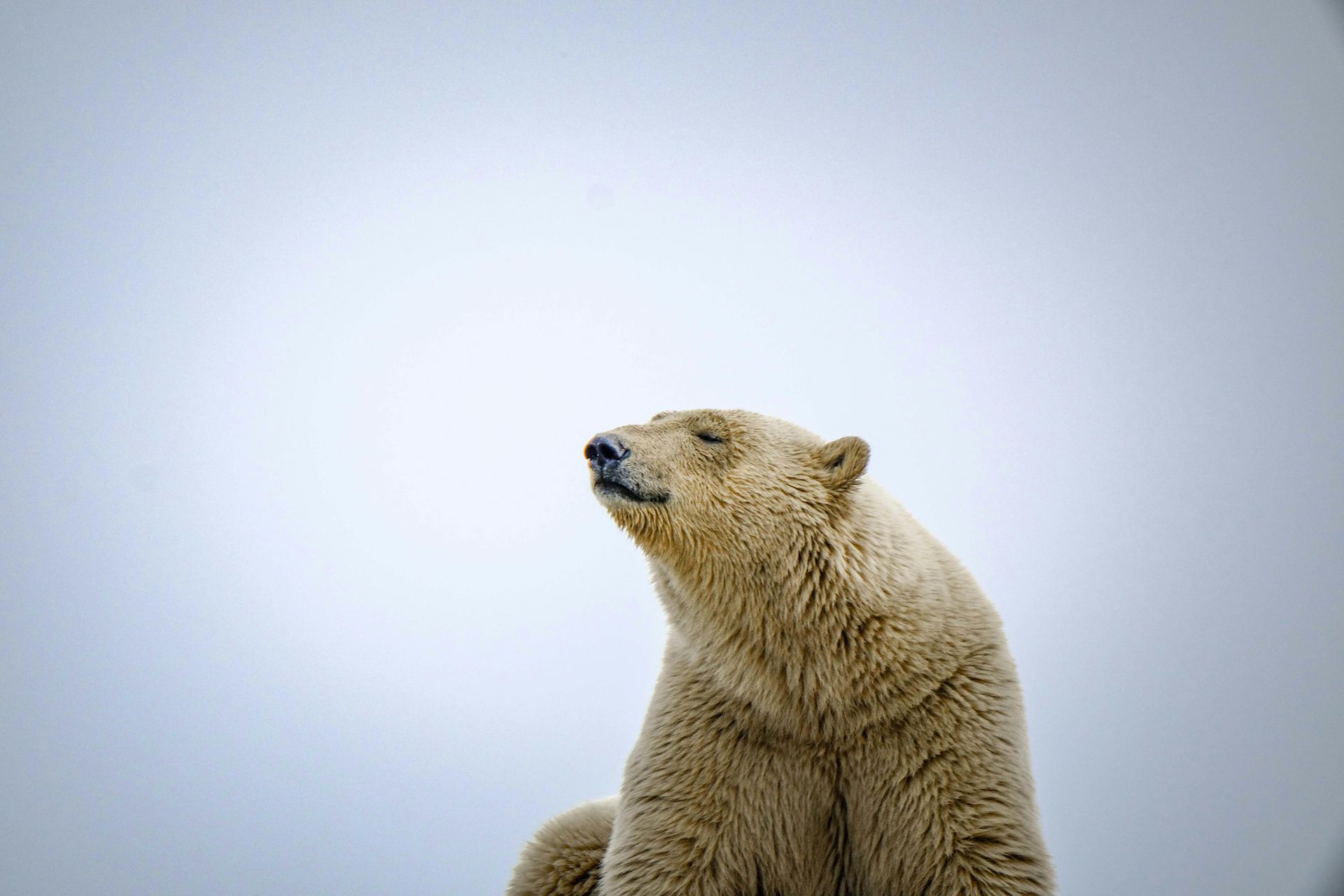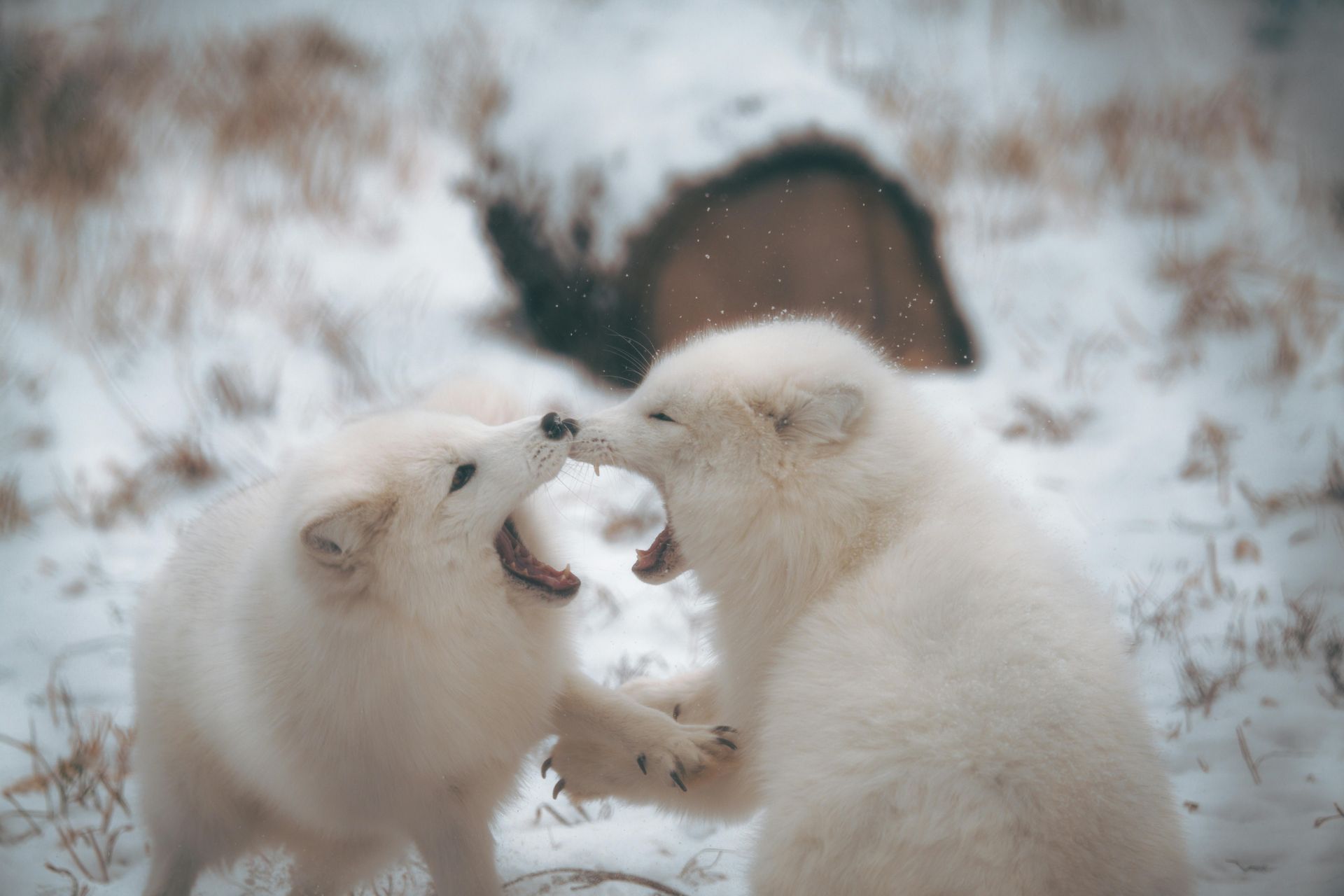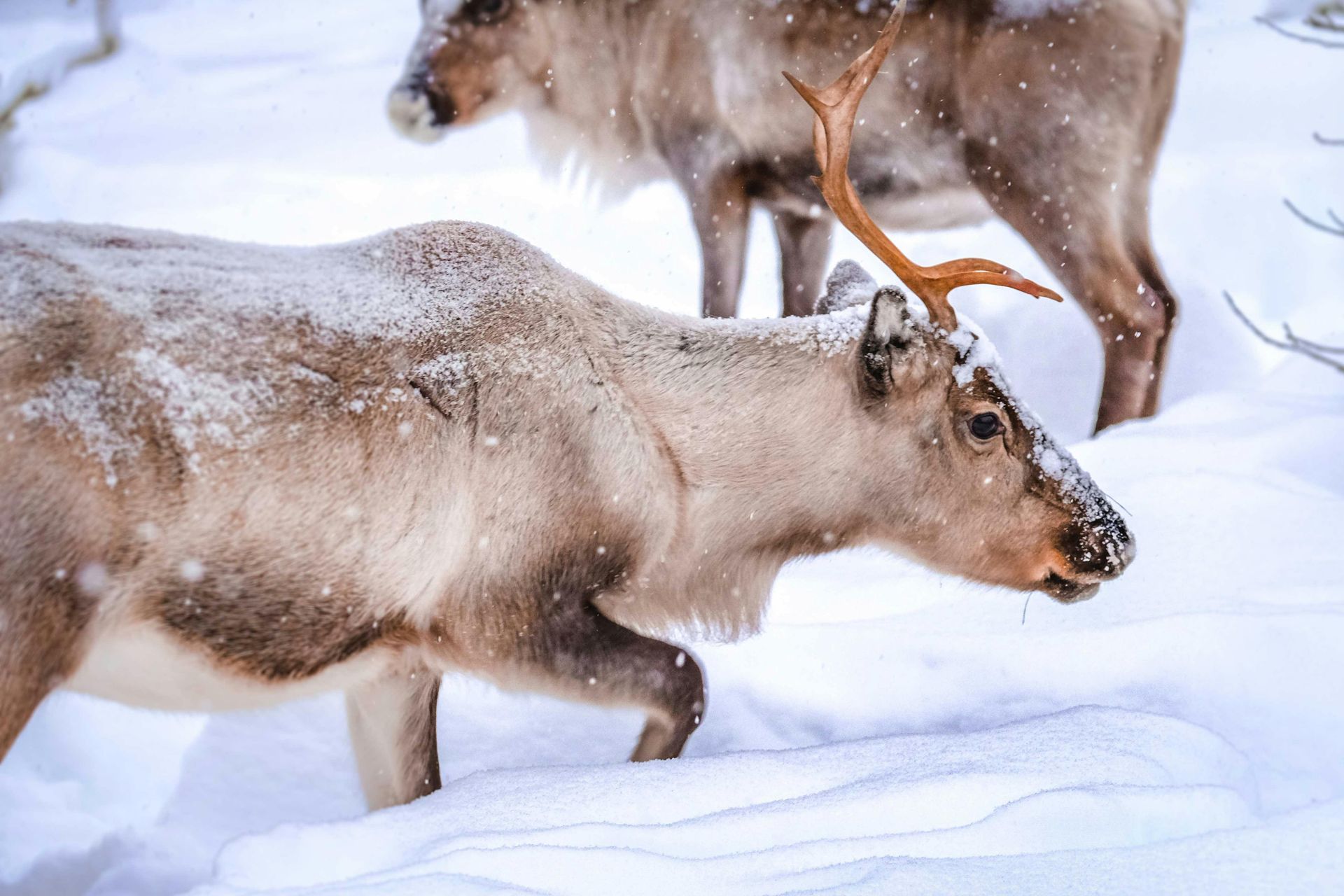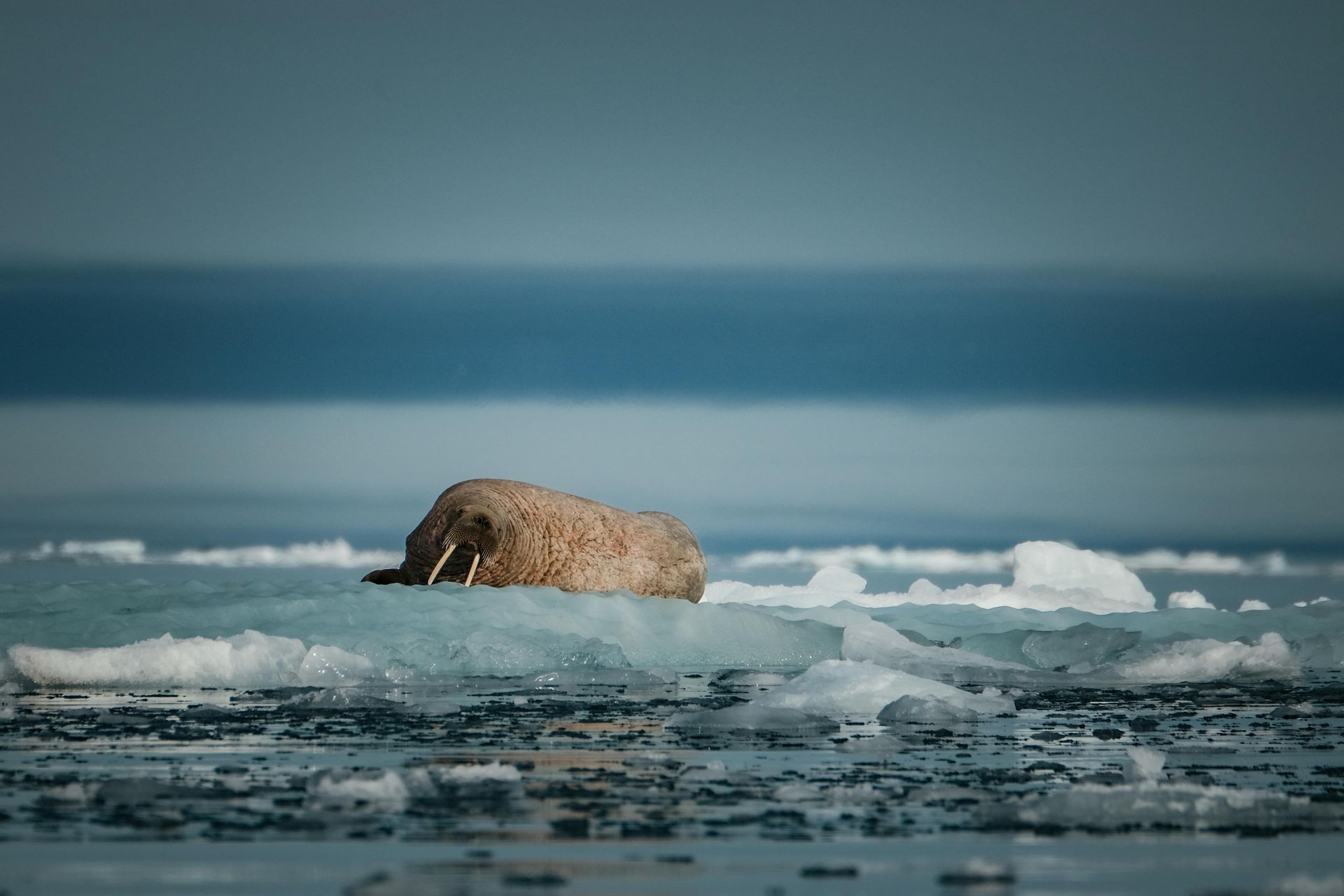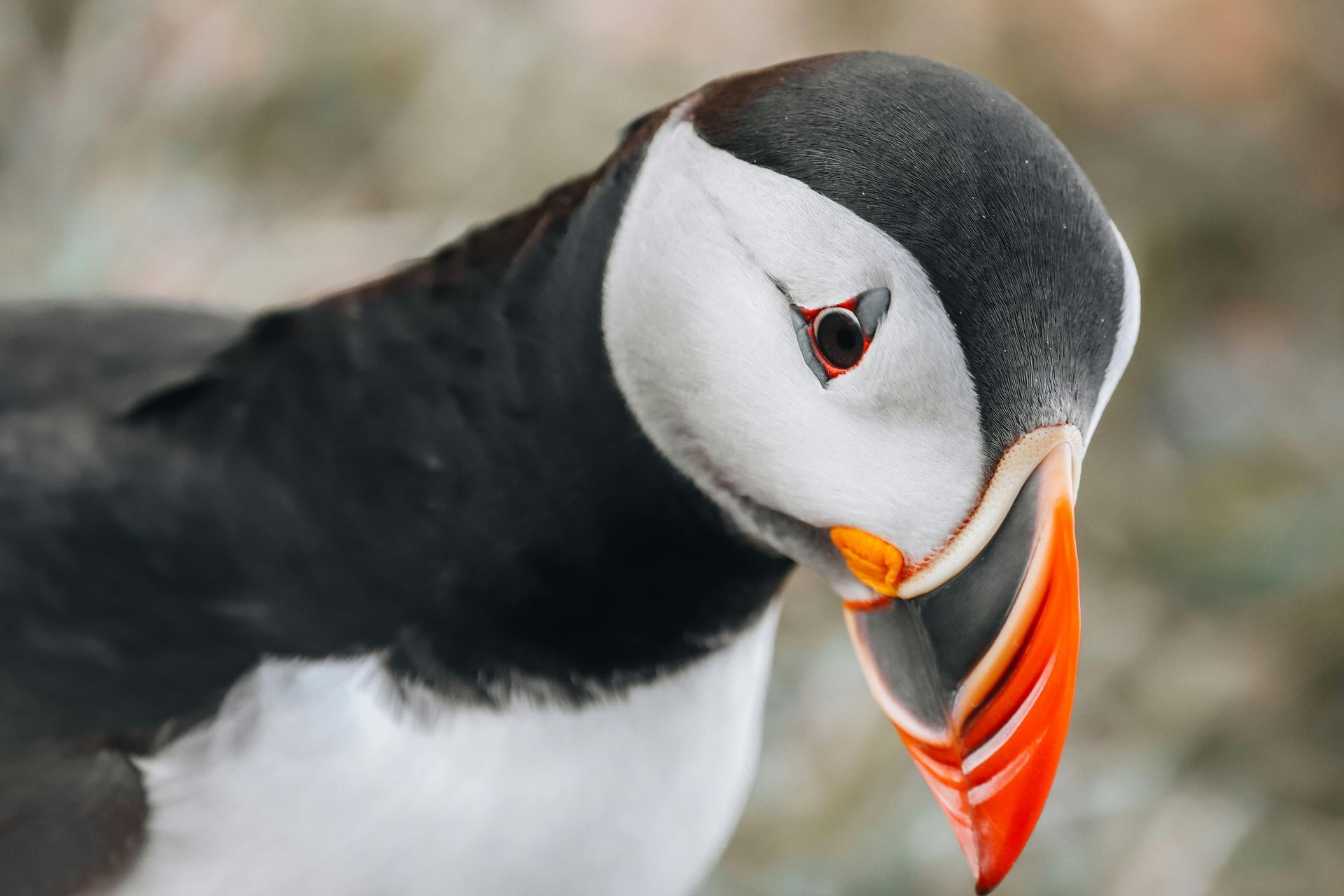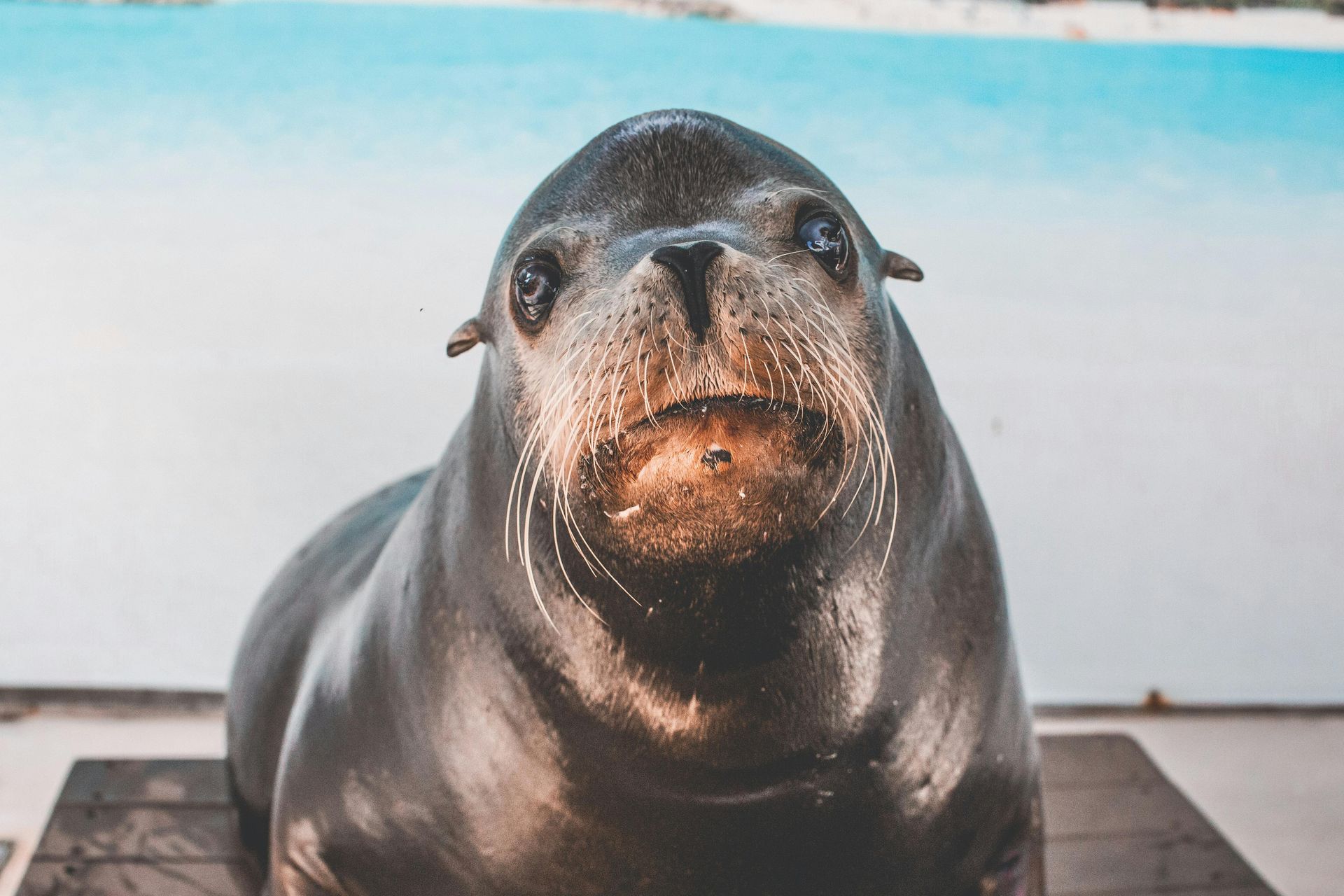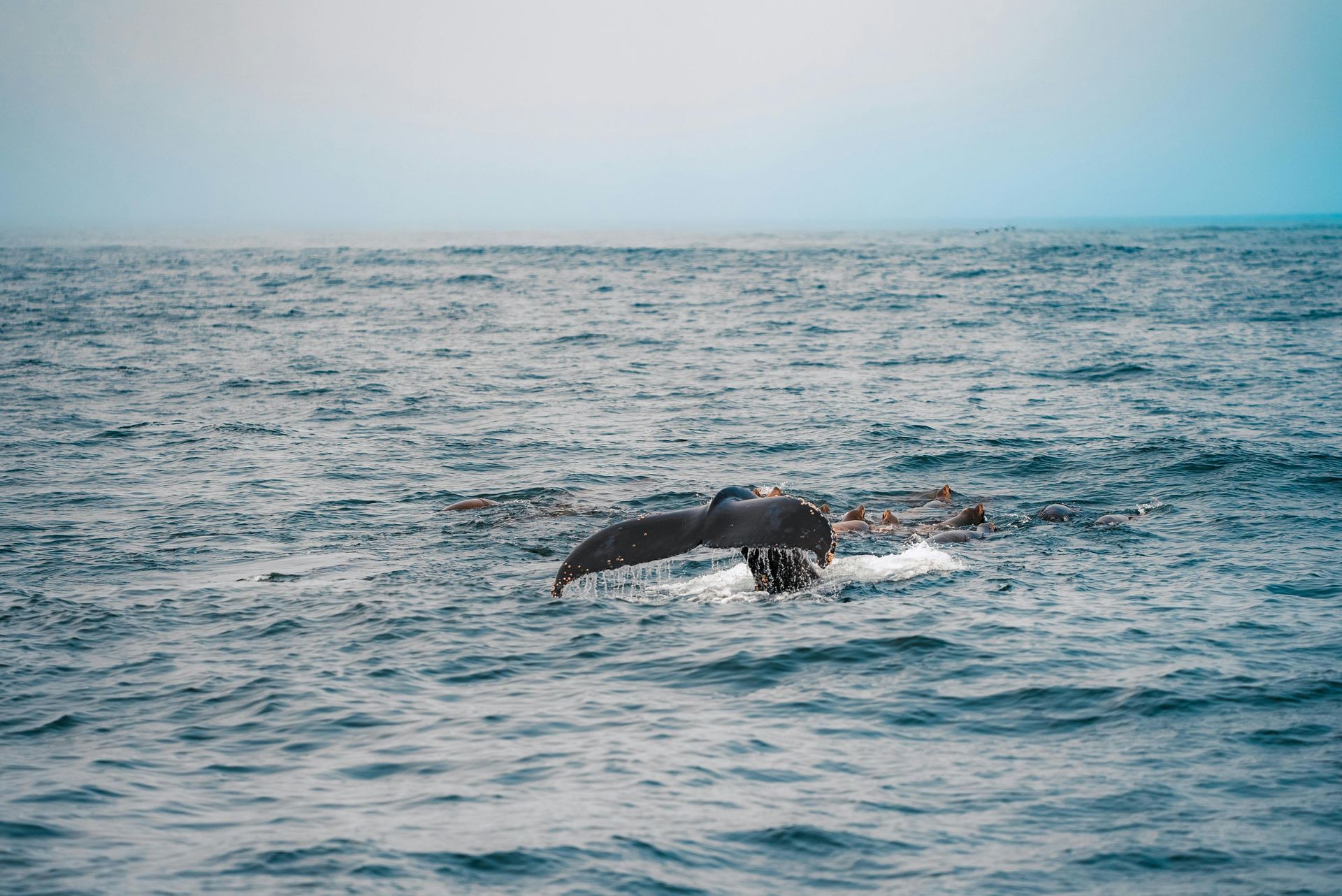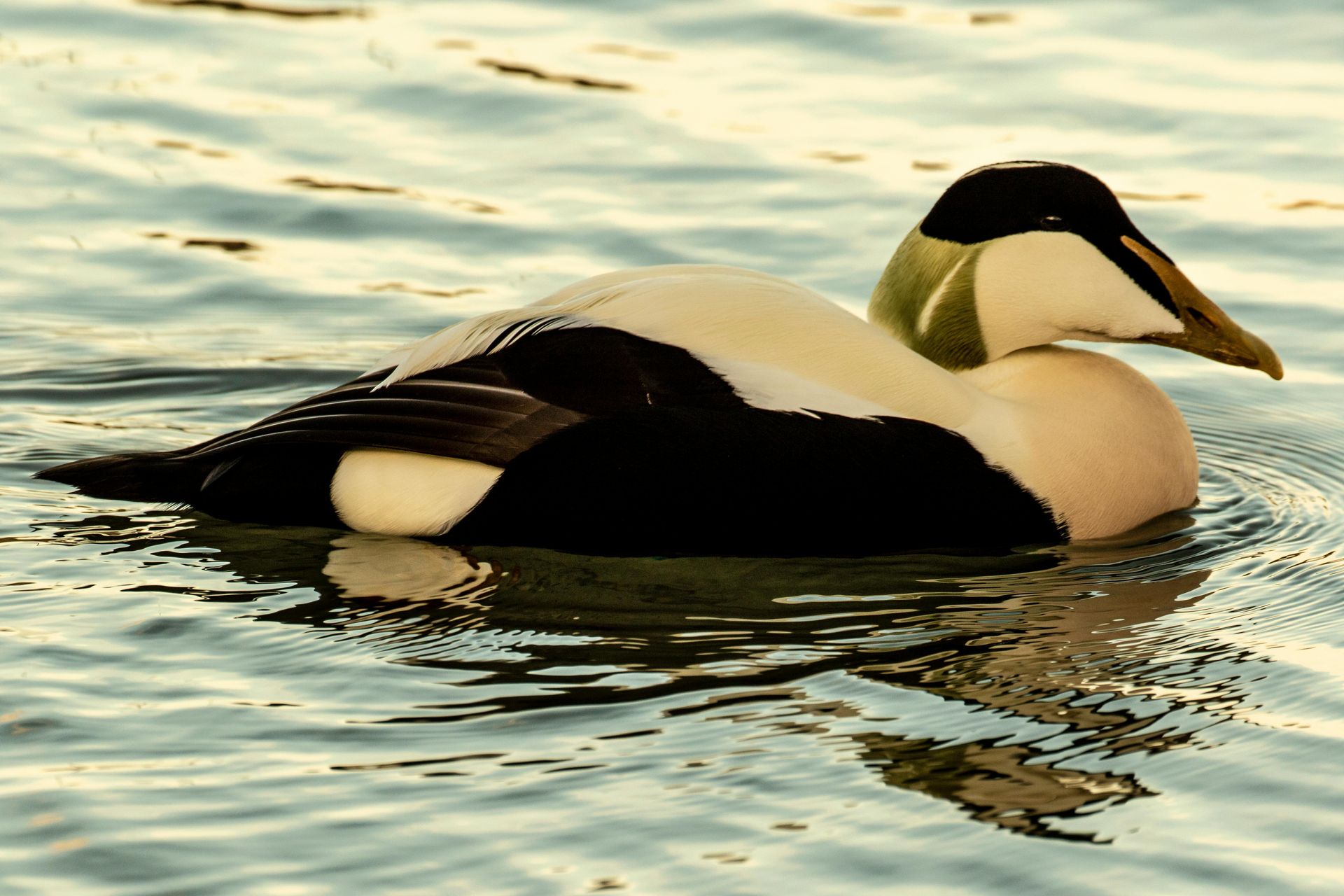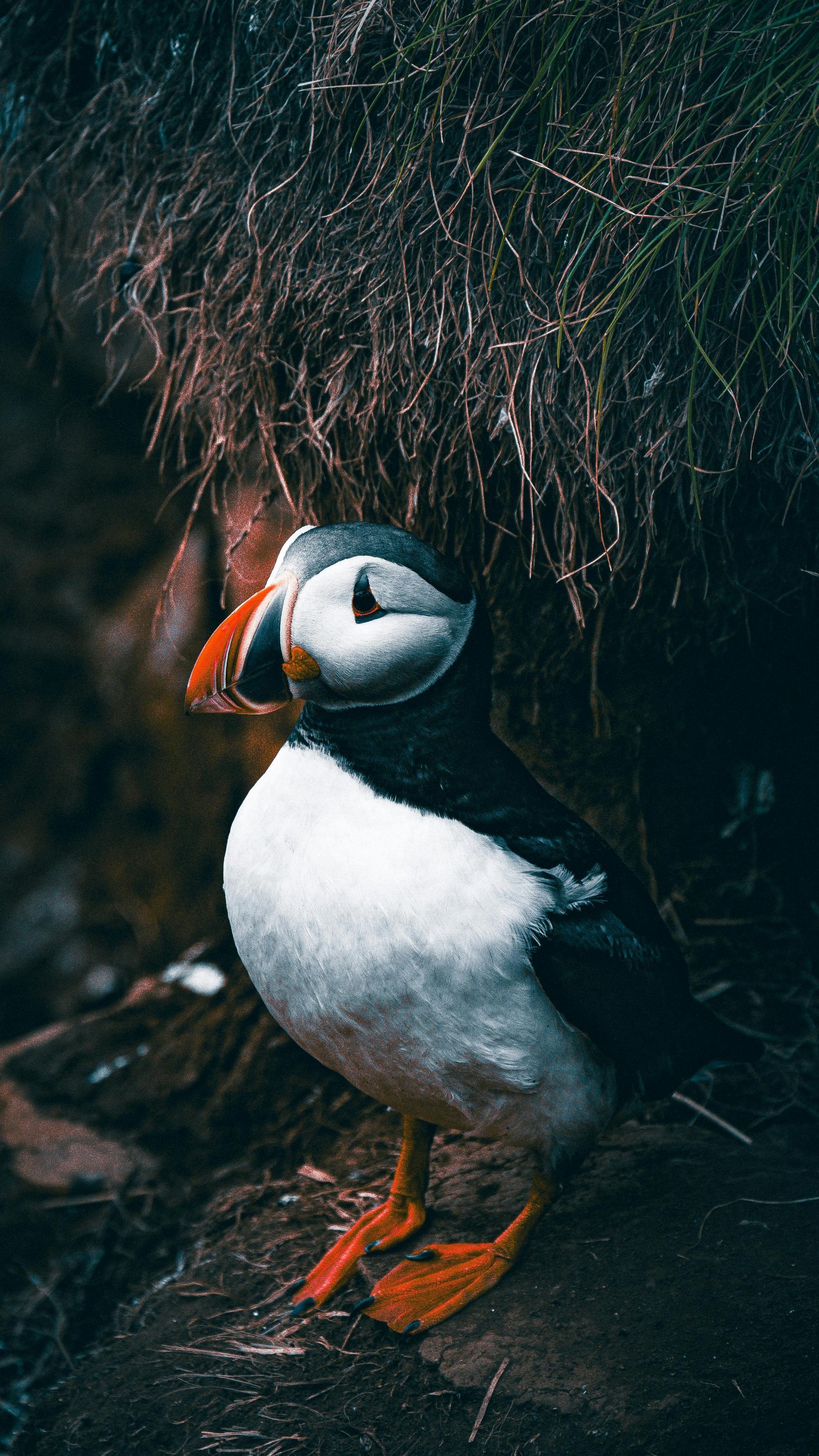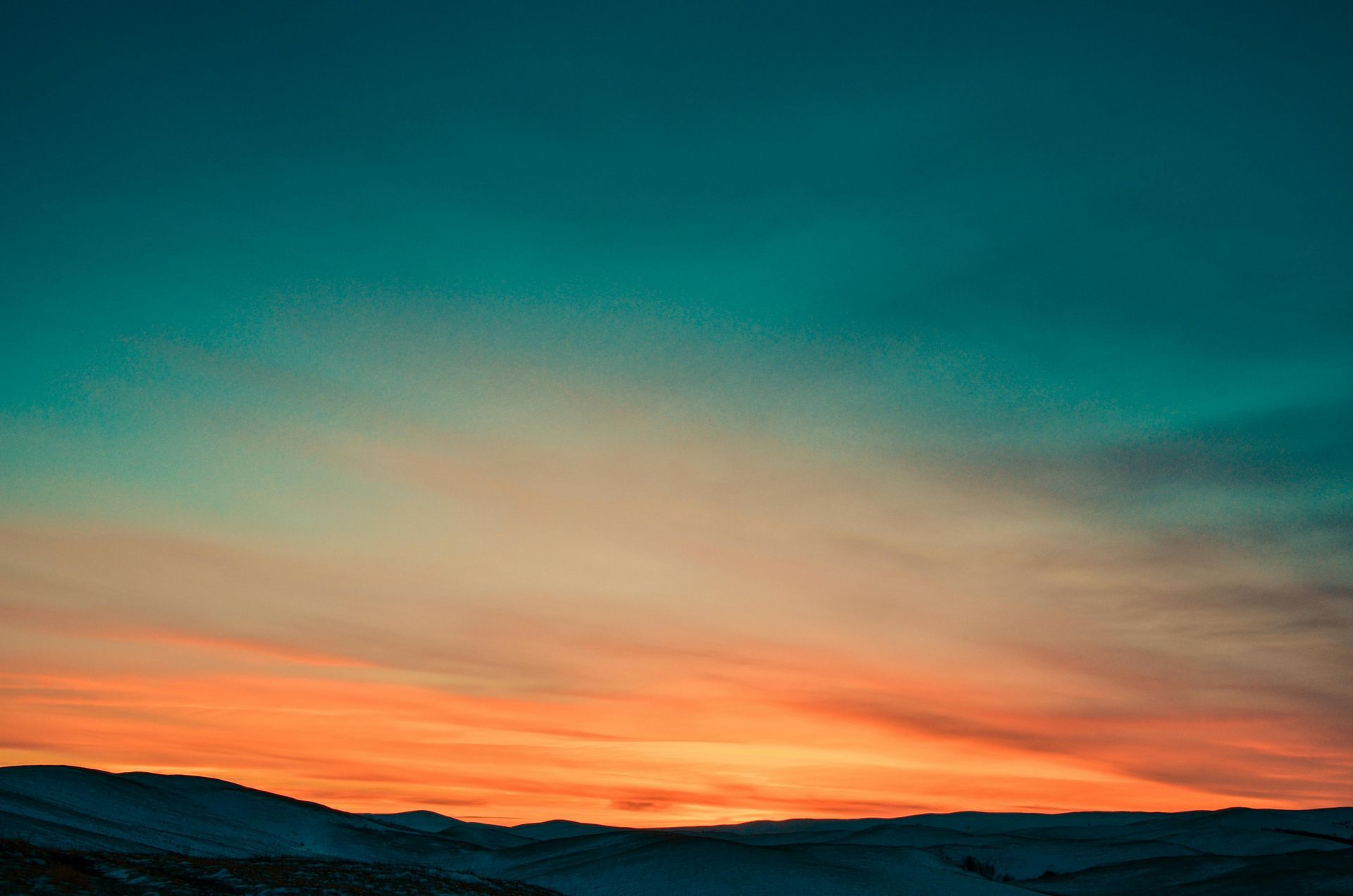Encountering Svalbard's Majestic Reindeer: A Fascinating Wildlife Experience
Encountering Svalbard's Majestic Reindeer: A Fascinating Wildlife Experience
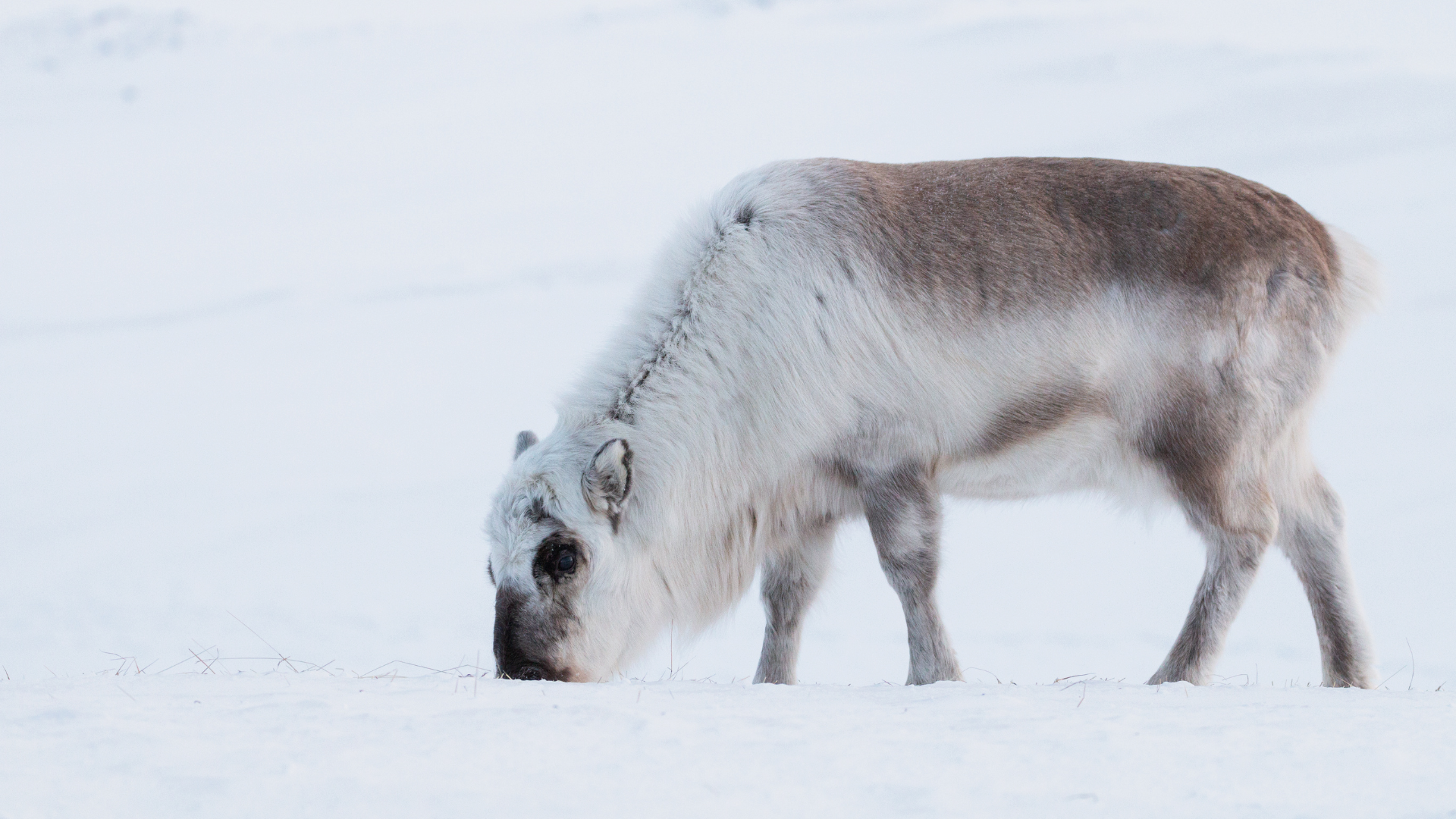
Svalbard's iconic reindeer, known for their resilience and adaptability to the harsh Arctic environment, are a symbol of the region's unique wildlife and natural heritage. As one of the few land mammals native to the archipelago, these majestic creatures play a vital role in the fragile Arctic ecosystem. Here's everything you need to know about encountering reindeer in Svalbard:
1. Habitat and Range:
Reindeer, also known as Svalbard reindeer (Rangifer tarandus platyrhynchus), are found throughout the islands of Svalbard, from the coastlines and valleys to the high Arctic plateaus. They are well adapted to the Arctic climate and are capable of surviving in extreme conditions, including freezing temperatures, strong winds, and limited food resources. Reindeer migrate seasonally in search of food and suitable habitat, moving between lowland areas in winter and higher elevations in summer.
2. Physical Characteristics:
Svalbard reindeer are smaller in size compared to their mainland relatives, with adults typically weighing between 60 to 120 kilograms (130 to 260 pounds). They have thick fur coats that provide insulation against the cold and help them blend into their snowy surroundings. Both males and females grow antlers, although males typically have larger and more elaborate antlers, which they use for display during the breeding season and to establish dominance within their herds.
3. Behavior and Adaptations:
Reindeer in Svalbard exhibit a variety of behaviors and adaptations that enable them to thrive in their Arctic habitat. During the long polar winters, they rely on their keen sense of smell to locate food beneath the snow, such as lichens, mosses, and grasses. In summer, they graze on a diet of Arctic vegetation, including willows, sedges, and herbs, which provide essential nutrients for survival and reproduction. Reindeer are also excellent swimmers and can traverse icy fjords and lakes with ease, making them one of the few terrestrial mammals capable of crossing water barriers in the Arctic.
4. Life Cycle and Reproduction:
Reindeer in Svalbard follow a seasonal breeding cycle, with mating typically occurring in late September to early October. During this time, males compete for dominance and access to females, engaging in displays of strength and aggression. After a gestation period of around seven and a half months, females give birth to a single calf in late May to early June. Calves are born with a thick coat of fur and are able to stand and walk shortly after birth. They remain with their mothers for several months, nursing and learning essential survival skills before venturing out on their own.
5. Conservation Status and Threats:
While Svalbard reindeer are not currently considered endangered, they face threats from human activities and environmental changes in the Arctic. Climate change, habitat loss, and increasing human presence in the region pose significant challenges to reindeer populations, affecting their access to food, migration routes, and reproductive success. Conservation efforts, including habitat protection, research monitoring, and sustainable management practices, are essential for ensuring the long-term survival of reindeer and their habitats in Svalbard.
6. Encountering Reindeer in the Wild:
For visitors to Svalbard, encountering reindeer in their natural habitat is a memorable and rewarding experience. Guided wildlife tours, hiking excursions, and boat trips offer opportunities to observe reindeer grazing in meadows, traversing mountain slopes, or crossing frozen lakes and rivers. While it's important to maintain a respectful distance and observe wildlife viewing guidelines to minimize disturbance to the animals, witnessing these magnificent creatures in their Arctic home is an unforgettable experience that fosters a deeper appreciation for the natural world.
Encountering Svalbard's majestic reindeer is a highlight of any visit to the Arctic archipelago. From their remarkable adaptations to the challenges of Arctic life to their role in the fragile ecosystem of Svalbard, reindeer are a symbol of resilience and beauty in one of the world's most extreme environments. Whether you're exploring the wilderness on foot, by boat, or from a safe distance, the opportunity to witness these iconic creatures in their natural habitat is a privilege that leaves a lasting impression on visitors to Svalbard.


